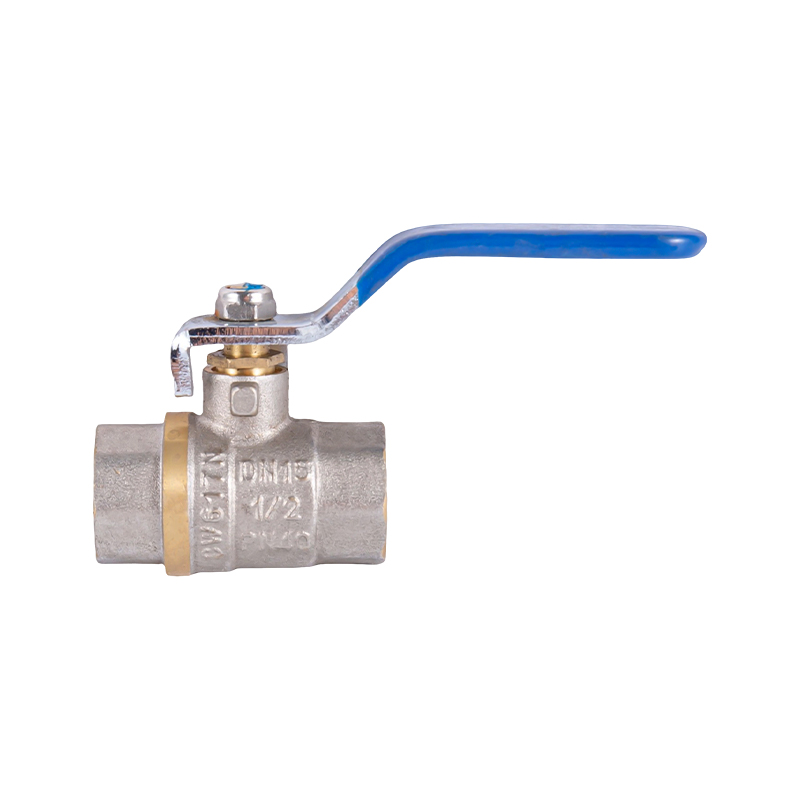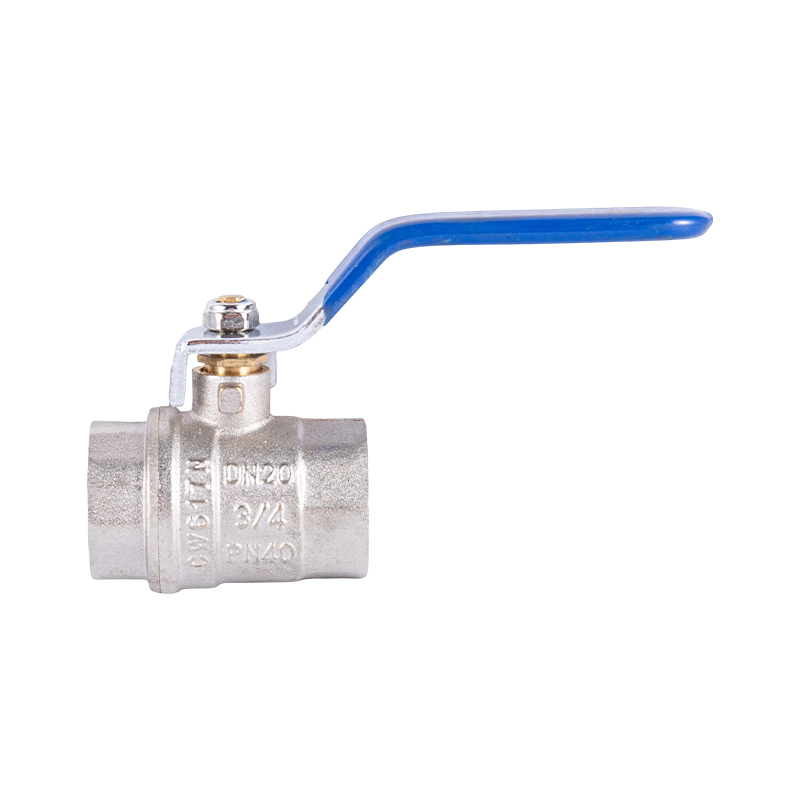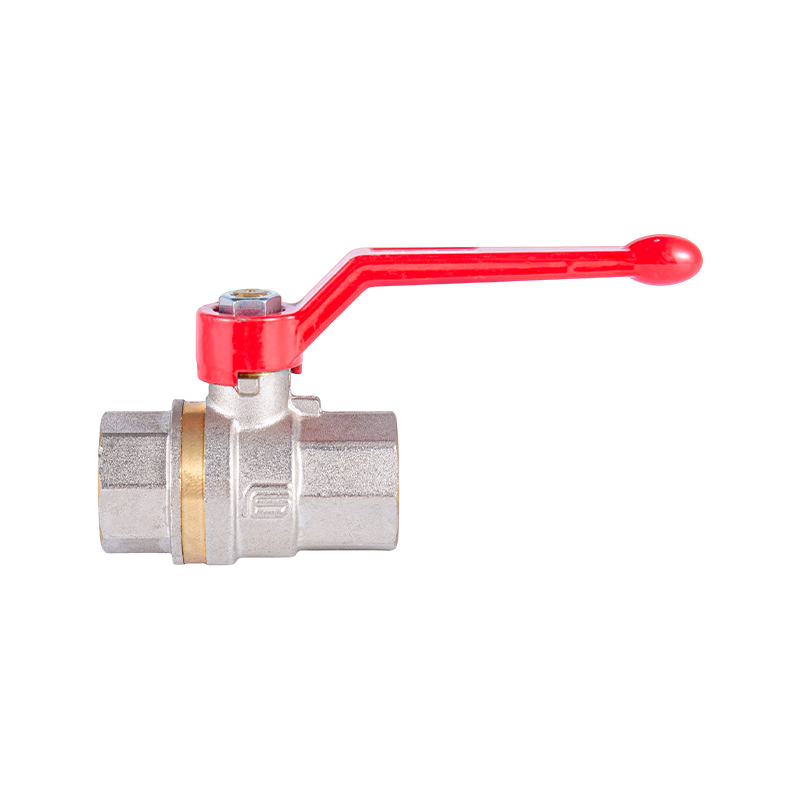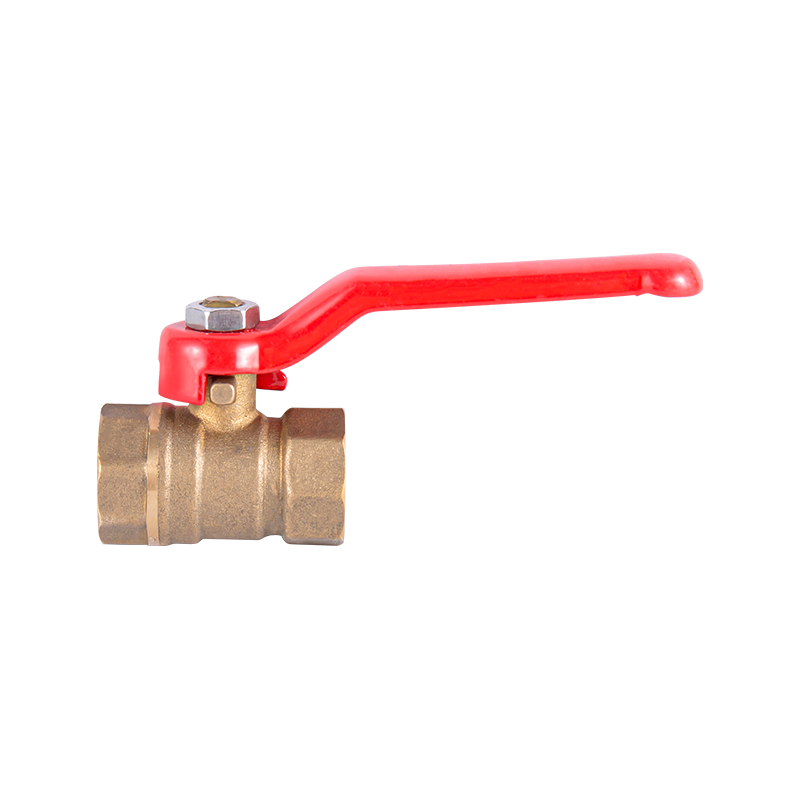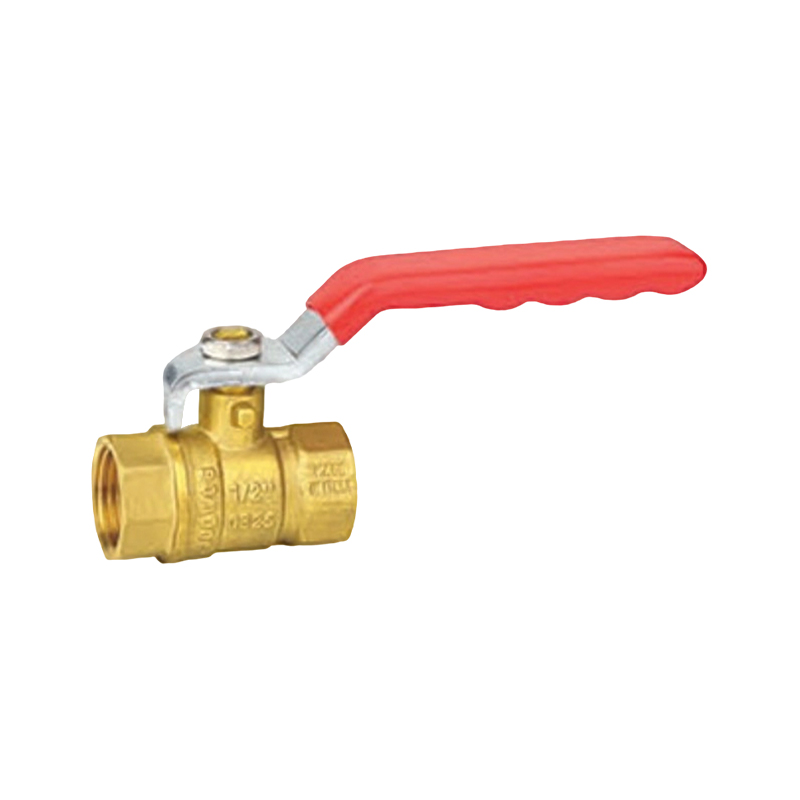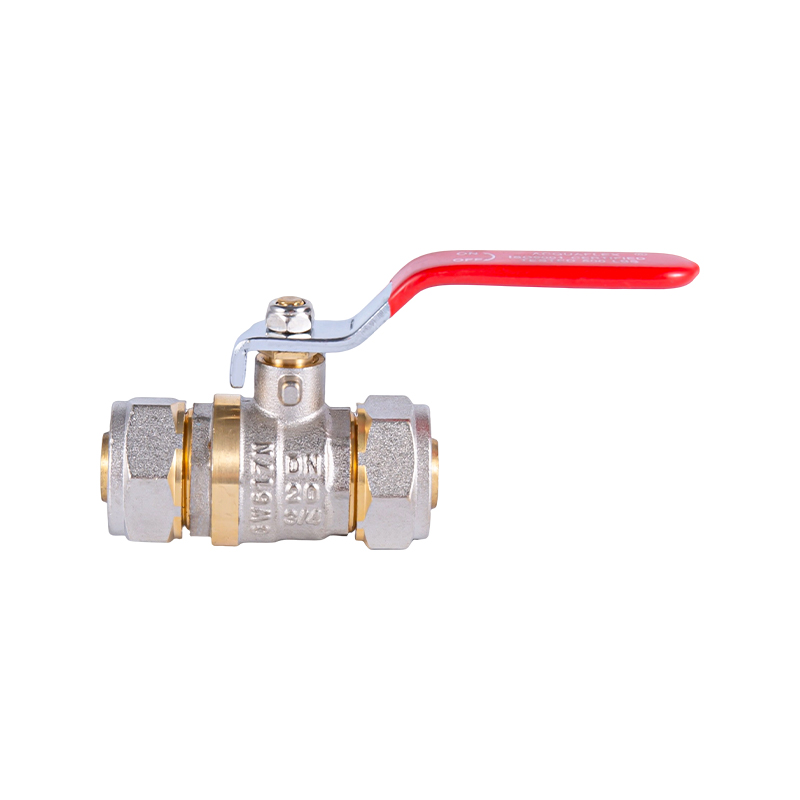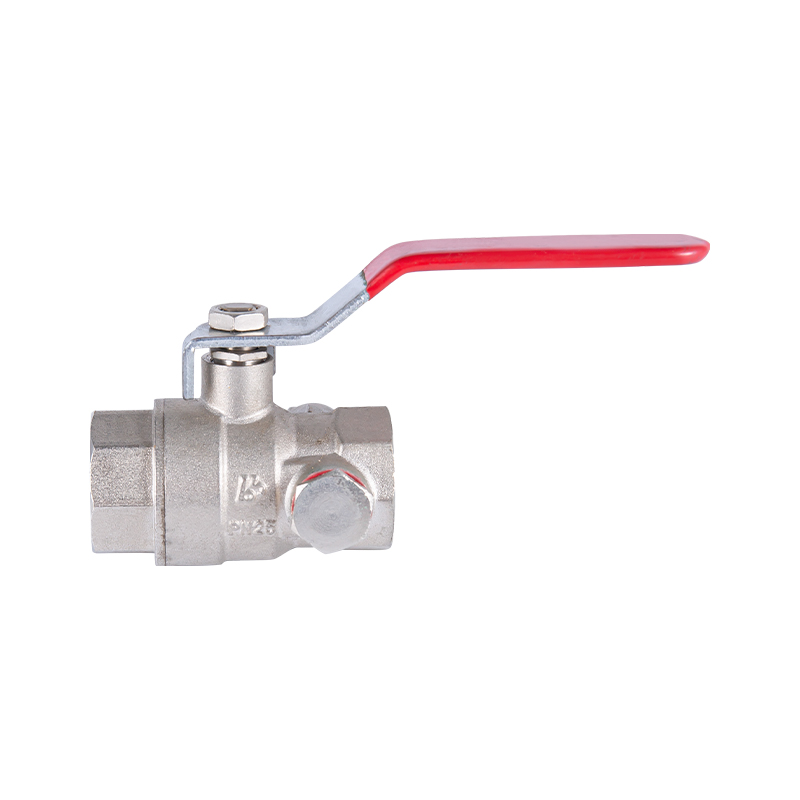Mini-Valve Role in Agricultural Irrigation Systems
Modern agriculture relies heavily on efficient water management systems to support crop growth and enhance land productivity. Among the various components that contribute to effective irrigation, the Mini Valve plays an important role in regulating water distribution. Its compact design and reliable function make it a valuable addition to both small-scale and large-scale irrigation projects.
A Mini Valve is a small, manually operated or automatic control device designed to manage the flow of water through irrigation pipelines. Due to its size and operational flexibility, the Valve is often installed at various points along irrigation networks to control water delivery to specific areas or individual plant rows. This targeted control helps farmers manage water resources with greater accuracy.
In drip irrigation systems, the Valve is especially useful for fine-tuning the amount of water each section of the field receives. By adjusting a Valve, operators can increase or decrease the flow to match the needs of different crops or soil types. This level of control ensures that plants receive adequate moisture without excess, helping to prevent issues like waterlogging or drought stress.
The Mini Valve is also applied in sprinkler systems. When connected to distribution pipes, a Valve allows sections of the irrigation line to be isolated or adjusted independently. This makes it possible to conduct maintenance, replace components, or alter irrigation patterns without shutting down the entire system. As a result, the Valve supports operational flexibility and reduces disruption to agricultural activities.
Durability is another valuable characteristic of the Mini Valve in outdoor settings. Typically manufactured from corrosion-resistant materials like reinforced plastics or brass, the Valve can withstand exposure to moisture, sunlight, and fertilizers commonly used in agriculture. This resistance to environmental factors ensures that a Valve remains functional over multiple growing seasons with minimal maintenance.
Water conservation is a growing priority in farming communities worldwide. The Mini Valve contributes to water-saving practices by enabling precise control over irrigation volumes. With a Valve positioned at each branch or dripline, farmers can shut off water to areas not currently in use or adjust flow rates to match changing weather conditions. This reduces unnecessary water loss and helps optimize the use of available resources.
The installation of a Valve is typically straightforward. Many designs feature threaded or barbed connections compatible with common irrigation tubing and pipes. This allows farmers to integrate the Valve into both new systems and existing networks with minimal modification. Its small size also makes it convenient to position at ground level or within protective enclosures.
Another advantage of the Mini Valve is its role in sectional irrigation management. In larger fields, it is often necessary to irrigate different areas in a phased manner due to variations in soil conditions, crop types, or terrain. By installing a Valve at each distribution point, operators can easily manage these sections independently, delivering water where and when it is needed.
Seasonal farming operations also benefit from the flexibility provided by the Mini Valve. During periods of heavy rainfall, for example, a Valve can be closed to prevent overwatering. In dry spells, it can be fully opened to increase water flow to critical areas. This adaptability supports consistent plant health and efficient use of irrigation systems throughout the year.
Some Mini Valve models come with integrated pressure control features, which are helpful in preventing damage to delicate drip irrigation components. By maintaining a steady flow rate, the Valve ensures that emitters and hoses operate within safe limits. This protects the overall system from wear and reduces the need for frequent repairs or replacements.
Beyond crop fields, the Mini Valve is also used in greenhouses and nurseries, where space is limited and precise water control is essential. In these settings, a Valve allows for individualized irrigation of plant beds or containers, promoting even growth and reducing the risk of water waste. Its simple operation makes it easy for growers to adjust flow settings as plants mature or growing conditions change.
The cost-effectiveness of the Mini Valve also makes it a practical choice for farmers managing large irrigation networks. Its affordability means that multiple units can be installed across a property without significant financial strain. Despite its modest appearance, the Valve plays a crucial part in ensuring the overall efficiency and reliability of agricultural irrigation systems.
-
Feedback


 English
English 中文简体
中文简体 русский
русский Email us now!
Email us now!
